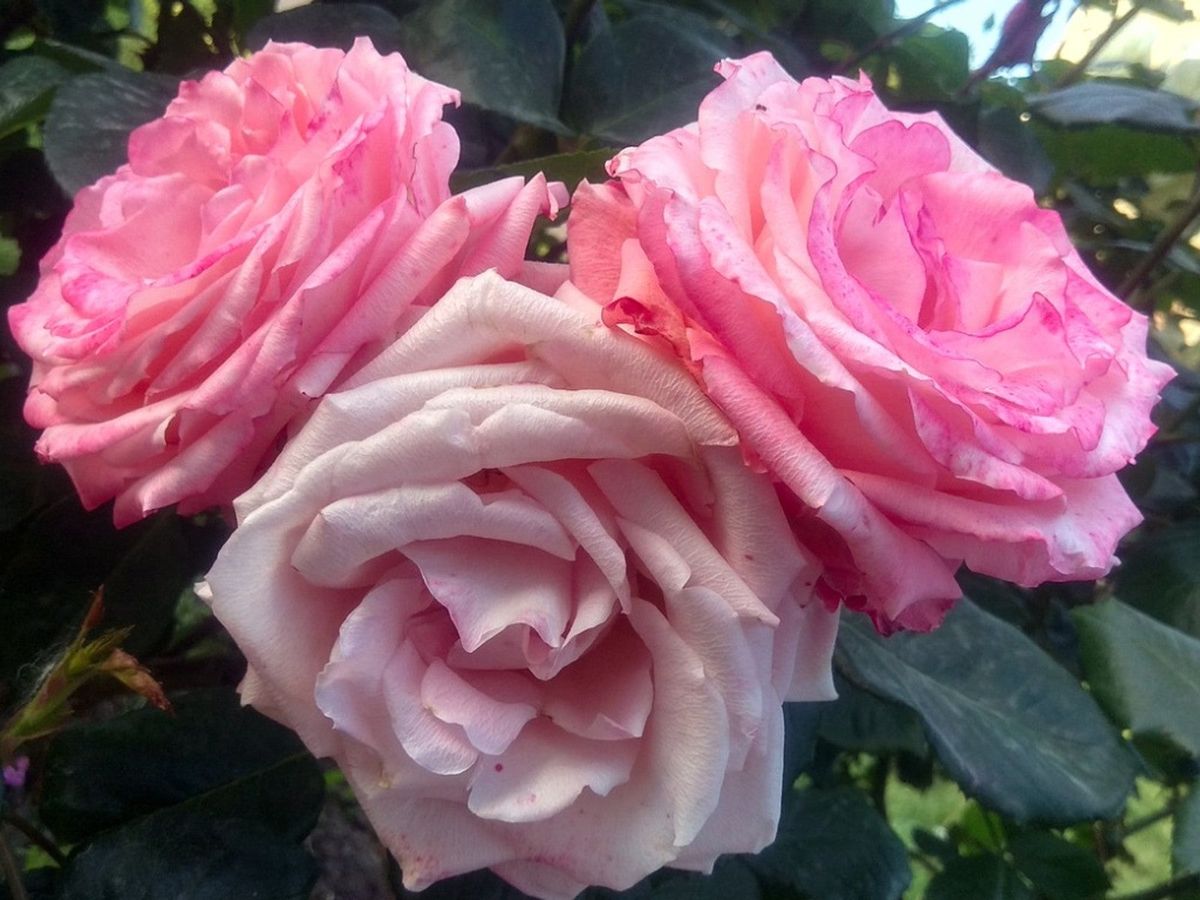Roses, with their breathtaking beauty and captivating fragrance, have long been symbols of love and passion. However, one intriguing aspect that often goes unnoticed is why do roses change color? This phenomenon not only adds to their charm but also raises questions about the underlying science that drives this transformation. In this article, we will explore the fascinating reasons behind the color change in roses, delving into the genetics, environmental factors, and cultural significance associated with this beautiful flower.
Color change in roses is a captivating subject that combines botany, chemistry, and even art. Whether you're a gardener, a florist, or simply a flower enthusiast, understanding why roses change color can enhance your appreciation for these lovely plants. From the vibrant reds and yellows to the delicate pinks and whites, roses offer a stunning array of colors, each with its own meaning and significance.
In the following sections, we will break down the various factors that contribute to color changes in roses, including genetic mutations, environmental influences, and even human intervention through breeding practices. So, let’s dive into the colorful world of roses and uncover the mysteries behind their stunning transformations!
Table of Contents
- 1. The Role of Genetics in Rose Color
- 2. Environmental Factors Affecting Color Change
- 3. Breeding Practices and Color Variability
- 4. The Impact of pH Levels on Rose Color
- 5. Cultural Significance of Rose Colors
- 6. The Symbolism Behind Different Rose Colors
- 7. Scientific Studies on Rose Color Changes
- 8. Conclusion: Embracing the Colorful World of Roses
1. The Role of Genetics in Rose Color
Roses are known for their diverse color palette, which is primarily determined by their genetic makeup. Various genes control the production of pigments in the petals, leading to different colors.
- Anthocyanins: These pigments are responsible for red, purple, and blue hues in roses. Their production is influenced by specific genes that can mutate, leading to color variations.
- Carotenoids: These pigments produce yellow and orange colors and are also governed by genetic factors.
- Genetic Mutations: Mutations can result in changes to the pigments, causing roses to exhibit unexpected colors.
2. Environmental Factors Affecting Color Change
Beyond genetics, environmental conditions can significantly influence the color of roses. Factors such as temperature, sunlight, and soil composition play critical roles.
- Temperature: High temperatures may intensify color in some rose varieties, while cooler temperatures can lead to fading.
- Sunlight: Roses that receive ample sunlight tend to have more vibrant colors due to increased pigment production.
- Soil Composition: The presence of certain minerals in the soil can also affect pigmentation, resulting in color variations.
3. Breeding Practices and Color Variability
Human intervention through selective breeding has significantly expanded the range of colors available in roses. Breeders often select for specific traits, including color, which can lead to new varieties.
- Hybridization: Crossbreeding different rose varieties can produce unique colors and patterns.
- Color Manipulation: Some breeders intentionally manipulate genetic traits to achieve desired colors.
4. The Impact of pH Levels on Rose Color
The pH level of the soil can dramatically affect the color of roses, particularly those with anthocyanin pigments.
- Acidic Soils: In acidic conditions, certain roses may appear more blue or purple.
- Alkaline Soils: Alkaline conditions can shift the color to pink or red hues.
5. Cultural Significance of Rose Colors
Colors in roses are not just visually appealing; they carry significant cultural meanings and symbolism across various societies.
- Red Roses: Often symbolize love and passion.
- White Roses: Represent purity and innocence.
- Yellow Roses: Signify friendship and joy.
6. The Symbolism Behind Different Rose Colors
Understanding the symbolism of rose colors can enhance their appreciation and selection for various occasions.
- Pink Roses: Associated with grace, admiration, and gratitude.
- Orange Roses: Symbolize enthusiasm and fascination.
- Lavender Roses: Represent enchantment and love at first sight.
7. Scientific Studies on Rose Color Changes
Numerous studies have explored the science behind color changes in roses, revealing the complex interactions of genetics, environment, and breeding.
- Research Findings: Studies have shown that specific genes responsible for color can be influenced by environmental stressors.
- Journal References: Articles published in journals such as "Plant Physiology" and "Horticultural Science" provide insights into rose pigmentation.
8. Conclusion: Embracing the Colorful World of Roses
In conclusion, the changing colors of roses are a beautiful interplay of genetics, environmental factors, and human creativity. By understanding the science behind this phenomenon, we can truly appreciate the artistry and beauty of these remarkable flowers. Whether you're choosing roses for a special occasion or simply enjoying their beauty in your garden, the vibrant colors of roses will always captivate and inspire.
We invite you to share your thoughts in the comments below, explore more articles about roses and gardening, and join us in celebrating the colorful world of these enchanting flowers!
Article Recommendations
- Cast From The Secret Life Of The American Teenager
- Cuanto Tiempo Gobernara Donal Trump
- How Did Rudolph The Red Nosed Reindeer Originated
- Laura Von Lindholm Playboy
- Trump Third Term
- Understanding My Natal Chart
- Great British Bake Off Shop
- Nikocado Avocado Fit
- Is Taylor Swift Died
- Ryan Paevey Birthday



